By Pam Allyn, literacy expert, founder of LitWorld, and co-author of Every Child a Super Reader
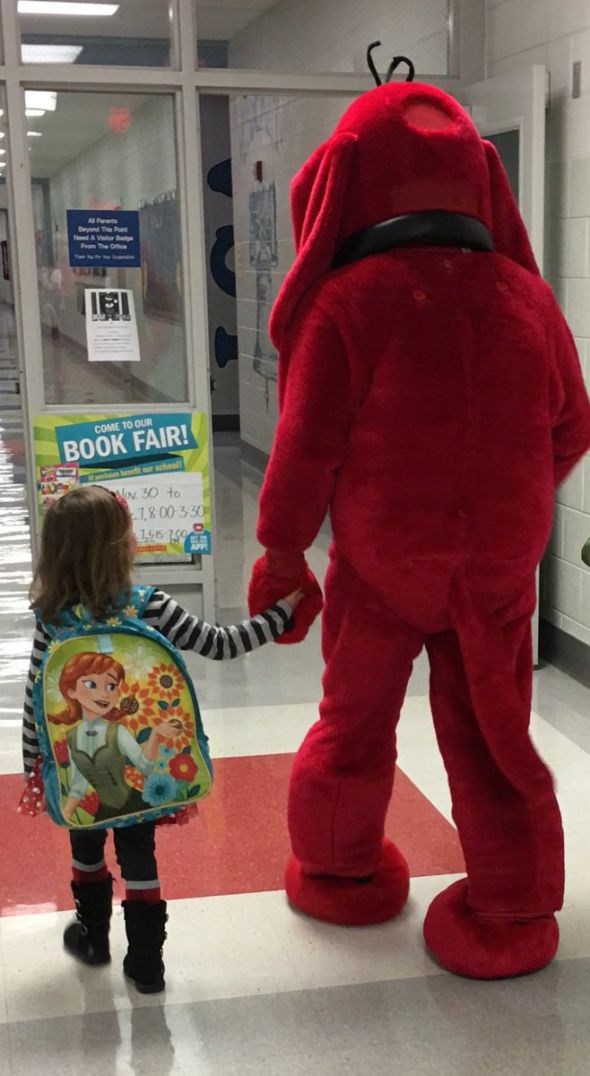
From city to country to suburb, our children eagerly anticipate their first day of school with a pounding heart. No matter when the year begins for every child, they experience that sense of deep hope and optimism, with questions and wonderings welling up inside: Will I be known? Accepted? Will I be someone who belongs, fits in and excels? Will I be a learner? No matter the age, that child’s learning heart is beating faster in the very moments before the first day with the kinds of life-changing hopes and dreams that are predicated on the power of reading to change their lives, as reading is truly the foundational goal of all goals.
Yet often our children are profoundly let down and deeply discouraged when they get back into the school groove. School feels much harder than they thought it would be. They discover they do not fit in well as learners according to a prescribed set of outcomes. If they are indeed classified as struggling readers, they may come to feel marginalized by others, even by their peers. Their hopes and dreams feel dashed. But we can change this. All of us together working, as parents, grandparents and teachers/administrators, as one we can create a new world for all our kids: that each one becomes a super reader. That can be our commitment.
So, the question is: What can we do to make sure all our children experience the powerful momentum of becoming a super reader this year?
One important pivot we can make immediately is to focus on our children’s strengths instead of their deficits. By identifying, and teaching children how to identify, their own strengths as readers, we give our children the foundational resilience & actual concrete skills to create a successful school year. At LitWorld, we have developed a concept we call the “Seven Strengths,” a social emotional literacy learning framework for educators and caregivers.
1. Belonging:
Young people thrive when they feel safe and surrounded by a community that values their presence. This sense of belonging helps them feel empowered and happy (and let’s not underestimate happiness!). By making reading a time spent learning together rather than struggling alone, we create a powerful community of Super Readers. Here are five ways you can make your child feel like they belong:
- Make a cozy nook for reading at home and at school that celebrates your child and reflects his or her interests, passions and wonderings.
- Make sure the nook reflects a diversity of characters to represent and reflect the value and dignity of your child’s own life and the lives of others.
- Model for your kids the power of saying: “I am listening to you” or “I hear what you are saying” or “It is important to me to take time to hear what you are thinking.”
- Put your own mobile device down and just model the pure and simple power of active listening.
- Schedule time with each of your children for one-on-one time. The role conferring can play in the life of our kids cannot be underestimated. Even five minutes a week of uninterrupted listening time where the conversation is all about that one child is an unparalleled investment.
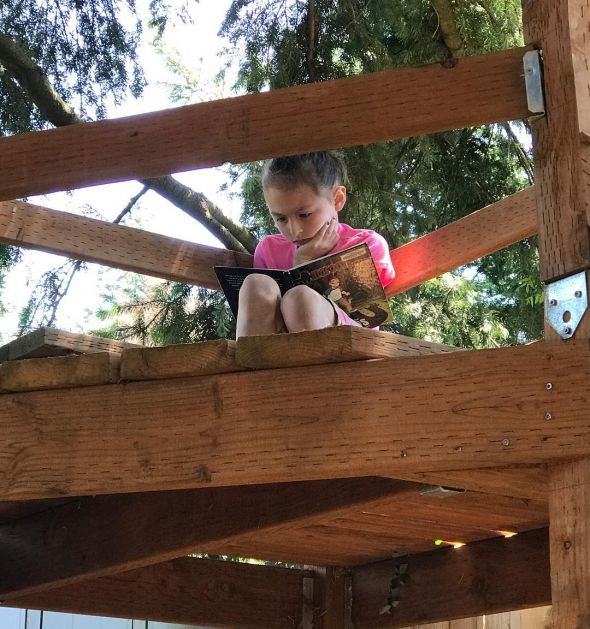 2. Curiosity:
2. Curiosity:
The traditional school emphasis on quiet obedience over active learning and inquisitive idea generation diminishes curiosity, which is a powerful and valuable tool. This can lead to disengagement from reading, writing, and from a love of learning. Here are three ways you can encourage your child’s curiosity at home:
- Help your child build a “Curiosity List” of things they most want to learn about, and then find books on some of these fun and interesting topics.
- Post their questions in a place that celebrates their wonderings and makes them public and honored.
- Make sure your child knows how valued their wonderings are: that you are going to pursue thinking about them by reading together and by creating and curating bookshelves (on and offline) that reflect their wonderings.
3. Friendship:
The essence of friendship is the ability of young people to take into consideration other people’s point of view. This gives our children the ability to be engaged, active members of their families, classrooms, and communities. Here are three ways to encourage friendship at home:
- Encourage children to reach out to another reader—a grandparent, a neighbor, an aunt, a friend from class—to share what they are reading at that particular moment.
- Create “reading friends” days at home where everyone shares the funniest thing they’ve read, the saddest thing, the happiest thing.
- Make a significant place for reading friendships that are not about book levels or reading levels, but that are about finding out more about the other person or about sharing new ideas.
4. Kindness:
Henry James once wrote that there are three important rules for a good life: to be kind, to be kind and to be kind. Meaningful connections between students and peers, teachers, and families develop resilience and can combat the impact of hidden traumas and insecurities that may hinder learning. Demonstrating kindness to children, and encouraging children to be kind to one another, can enhance their lives as readers. Here are three ways to encourage kindness in your child:
- Challenge your child to take a kindness action from a book or a story they are reading. What might this book inspire them to do for another person?
- Have your child study the development of characters in books and see how they are impacted by others.
- Build a steady ritual of read alouds that marinate your child in the wealth of generous texts that inspire our lives.
5. Confidence:
We often perceive unmotivated readers as kids who do not value reading when the real problem is that they lack confidence in themselves as readers. By focusing on our child’s strengths, and showing them that the impossible (reading) is possible, we set them up for a lifetime of possible. Here are four easy ways you can help build your child’s confidence:
- Identify one or two things you see the child do as a reader, whether that is trying a new genre or having breakthroughs in reading hard words. Celebrate those breakthroughs by having small celebrations, by stopping to compliment and affirm the action that shows a new level of confidence.
- Don’t wait for a child’s reading level to improve before you stop to admire that child’s progress.
- Compliment a child who reads to a baby brother, who rereads a favorite book, who reads twenty minutes rather than ten.
- Find real and productive ways to compliment that build confidence.
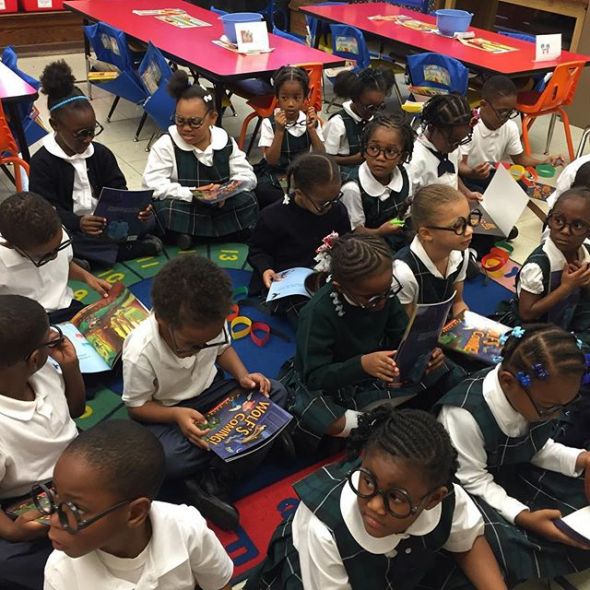 6. Courage:
6. Courage:
Whether a child is learning a new skill or reimaging their ability to tackle a challenge, risk-taking and courage play important roles. Risk-taking begins with a decision to act, and courage provides the inspiration to act. Courage also means pushing through the hard parts of reading. It takes courage to attempt to decipher hard words or a difficult set of ideas. It takes courage to wrestle with a complex text. Use these tips to inspire your child to be courageous when reading:
- Provide your child with books about courageous people in the world, and then have a conversation about what courage means and where they see small or big examples of courage in their own lives and in the world around them.
- Make sure your readers know you understand and empathize with the struggle to push through difficult parts of reading, and that to be a fearless reader is to become a super reader.
7. Hope:
Hope is a foundational human longing. The reader and learner who feels hopeless is the most marginalized learner and reader. When we foster hope in our children, we help them to understand that they are powerful readers and thinkers and speakers and doers with so much to share and such a wonderful future ahead of them. When we help them to see that dynamic and thoughtful people change the world on a daily basis, they have a broader wider sense of what hope means.
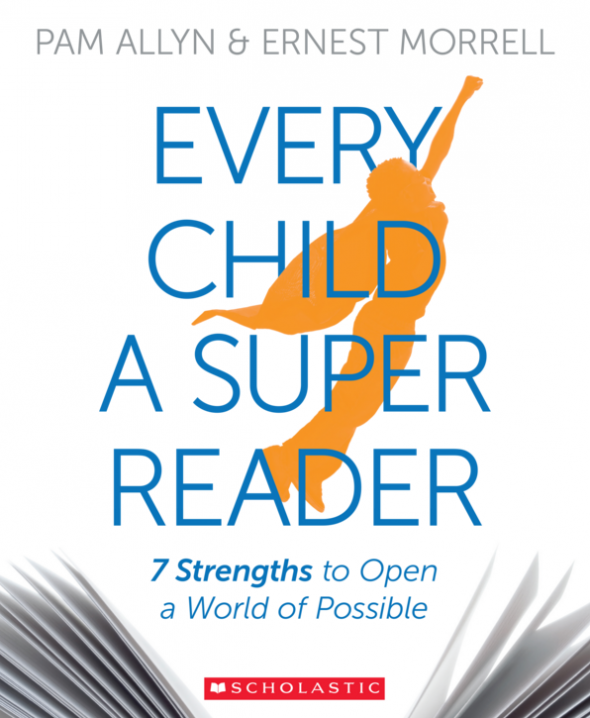 To foster hope in your child, initiate a conversation based on this question: What about your reading life makes you feel more hopeful? Or: What can we do as grownups who love and care about you to give you reading experiences that will make you feel anything is possible?
To foster hope in your child, initiate a conversation based on this question: What about your reading life makes you feel more hopeful? Or: What can we do as grownups who love and care about you to give you reading experiences that will make you feel anything is possible?
The Seven Strengths are a foundation for literacy learning that begins with a social-emotional perspective. The child who feels brave, bold and fearless will push through difficulties, envision a world of possible for themselves and others, and create a world in which all readers are super and in which the entire community is stronger, healthier and happier because of it.


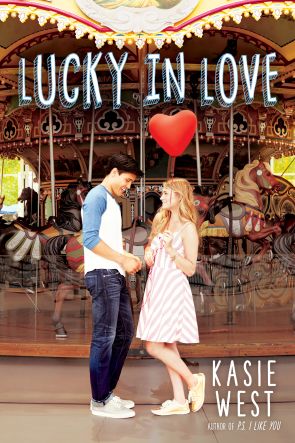 It’s Read a Romance Month, a time to celebrate love stories in books! Kasie West—the author of books for teens like
It’s Read a Romance Month, a time to celebrate love stories in books! Kasie West—the author of books for teens like 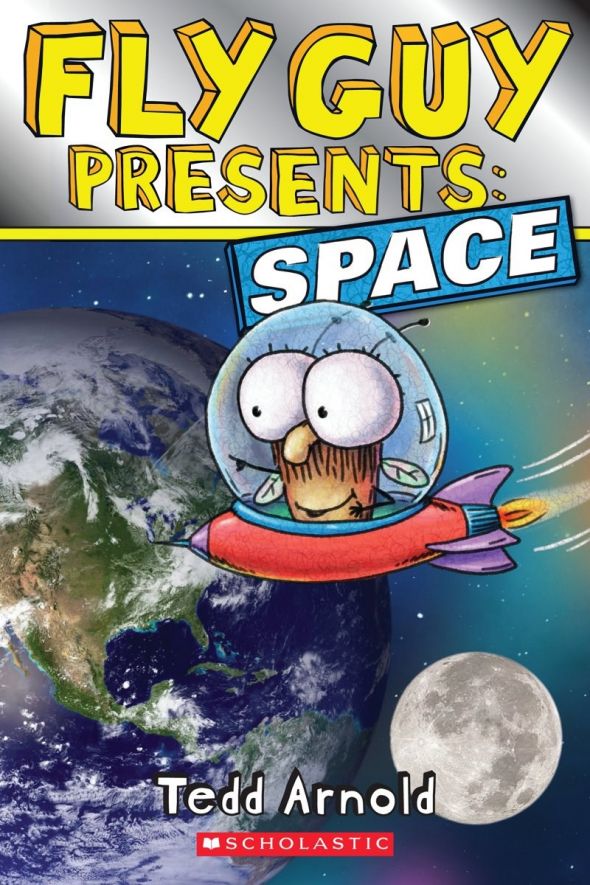 Once the eclipse is over, keep your child's interest in space going by sharing these books!
Once the eclipse is over, keep your child's interest in space going by sharing these books!
 2. Curiosity:
2. Curiosity:  6. Courage:
6. Courage: To foster hope in your child, initiate a conversation based on this question: What about your reading life makes you feel more hopeful? Or: What can we do as grownups who love and care about you to give you reading experiences that will make you feel anything is possible?
To foster hope in your child, initiate a conversation based on this question: What about your reading life makes you feel more hopeful? Or: What can we do as grownups who love and care about you to give you reading experiences that will make you feel anything is possible?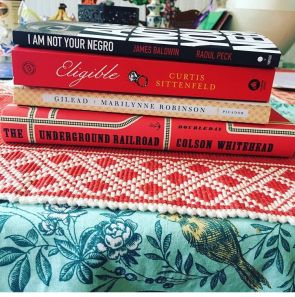 To the right you can see the books I planned to read this summer. A stack like this would take me a couple of months, so back in June it seemed like a good mix, a reasonable goal.
To the right you can see the books I planned to read this summer. A stack like this would take me a couple of months, so back in June it seemed like a good mix, a reasonable goal.
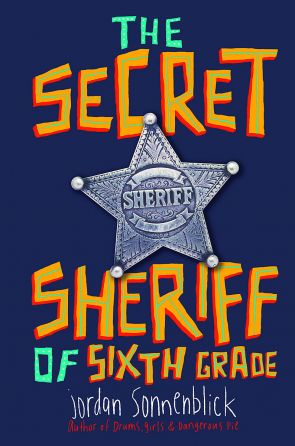 We’re reading some great new books for all ages from Scholastic to get in the school spirit. Check out the list below that is sure to prepare kids, tweens, and teens of all ages for the upcoming school year!
We’re reading some great new books for all ages from Scholastic to get in the school spirit. Check out the list below that is sure to prepare kids, tweens, and teens of all ages for the upcoming school year!